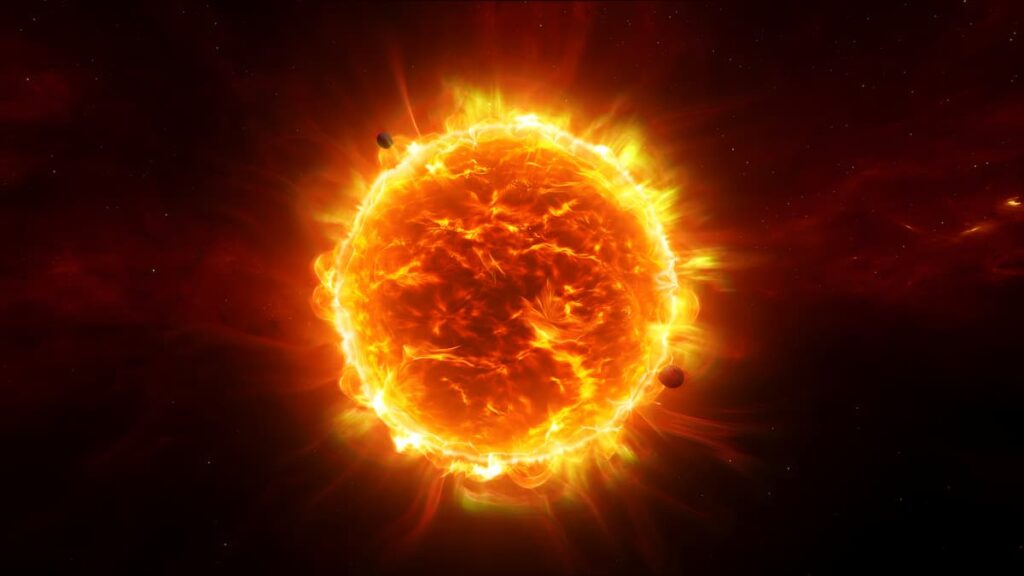A Record-Breaking Approach to the Sun
NASA’s Parker Solar Probe has completed its closest flyby to the Sun, venturing into the star’s outermost atmosphere, known as the corona. The spacecraft came within just 3.8 million miles of the solar surface, achieving a distance never reached by any other human-made object. In relative terms, if the Earth and Sun were only one foot apart, Parker would be half an inch from the surface.
This historic flyby allowed the probe to record high-resolution imagery of solar wind bursts and massive coronal mass ejections (CMEs), marking a significant leap in solar research. The imagery, collected by the Wide-Field Imager for Solar Probe (WISPR), unveiled dynamic patterns and phenomena previously only predicted by models.
Capturing the Unpredictable Behavior of the Solar Wind
While solar wind appears as a consistent breeze near Earth, Parker found it to be much more volatile closer to the Sun. The spacecraft recorded magnetic “switchbacks,” zigzagging fields that flipped direction rapidly and appeared more frequently than expected. These switchbacks were not isolated events but formed clusters, providing researchers with clues about the behavior of the Sun’s plasma and energy discharge.
One of the most striking findings from this flyby was the stacking and interaction of CMEs. The probe observed multiple CMEs colliding and merging, a process critical for understanding space weather dynamics. These collisions, visualized in real-time for the first time, will help refine models that predict solar events and their potential impact on Earth.
The presence of these volatile bursts so close to the solar surface emphasizes how much remains unknown about the origins of the solar wind. With each orbit, Parker is helping scientists better grasp how this powerful stream begins, evolves, and spreads across the solar system.
Implications for Earth’s Protection and Technology
The solar wind consists of charged particles constantly flowing through the solar system. While Earth’s magnetic field typically acts as a shield, strong solar events can disrupt it. These disruptions may lead to geomagnetic storms capable of affecting satellite systems, communication infrastructure, power grids, and even maritime navigation.
By understanding where and how these disturbances begin, space agencies aim to enhance forecasting systems to mitigate risks. The latest data from Parker allows researchers to pinpoint the origins of the slow solar wind and the nature of the corona, ultimately contributing to more accurate space weather predictions.
In addition to technical benefits, the solar wind is also responsible for natural phenomena such as auroras, which occur when energetic particles collide with Earth’s magnetic field gases. Parker’s findings deepen the understanding of how and when these events occur.
What Comes Next in the Parker Mission
With several more orbits planned, the Parker Solar Probe is far from finished. Its next scheduled pass will bring it once again into the corona, providing more opportunities to analyze the Sun’s most extreme behaviors. The combination of close-distance data, high-resolution images, and new switchback patterns is shaping a clearer picture of the Sun’s atmosphere.
The mission represents not only a technological feat but also a vital step toward safeguarding Earth’s technology infrastructure. Every pass adds new layers of information to a growing body of solar knowledge that has long been elusive.
As the probe continues to collect data from unprecedented distances, scientists are poised to answer fundamental questions about the Sun’s influence and the mechanisms that drive space weather across the solar system.



